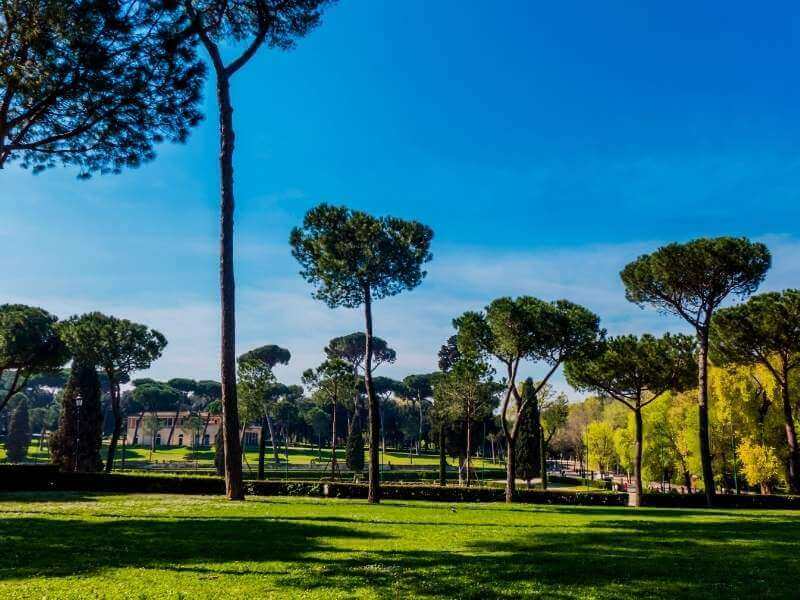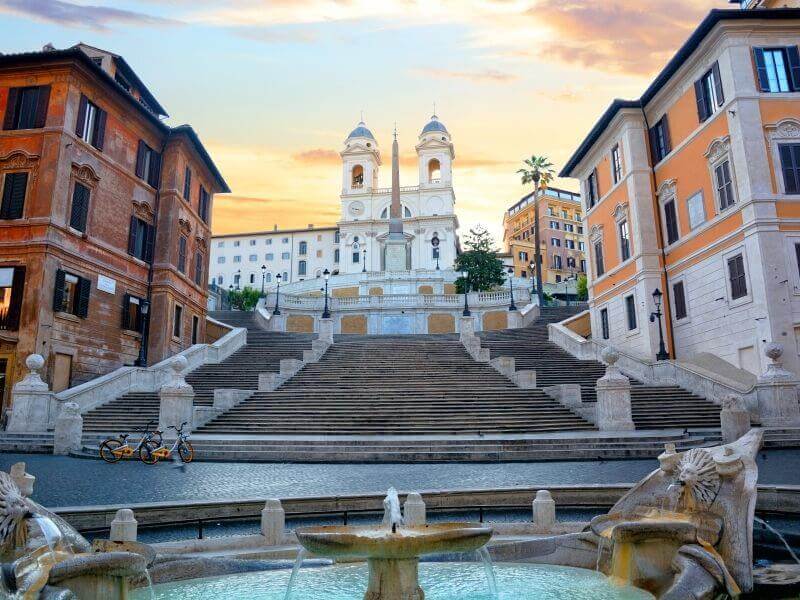Galleria Borghese Rome: Tickets, Tours, History & Highlights
Home » Attractions » Galleria Borghese
| DE

- - Updated on
The Galleria Borghese is one of the most renowned museums in Rome and attracts particular attention worldwide. According to estimates, the former country house attracts around 500,000 tourists every year. And for good reason! The impressive collection houses numerous art treasures from the 15th to 18th centuries.
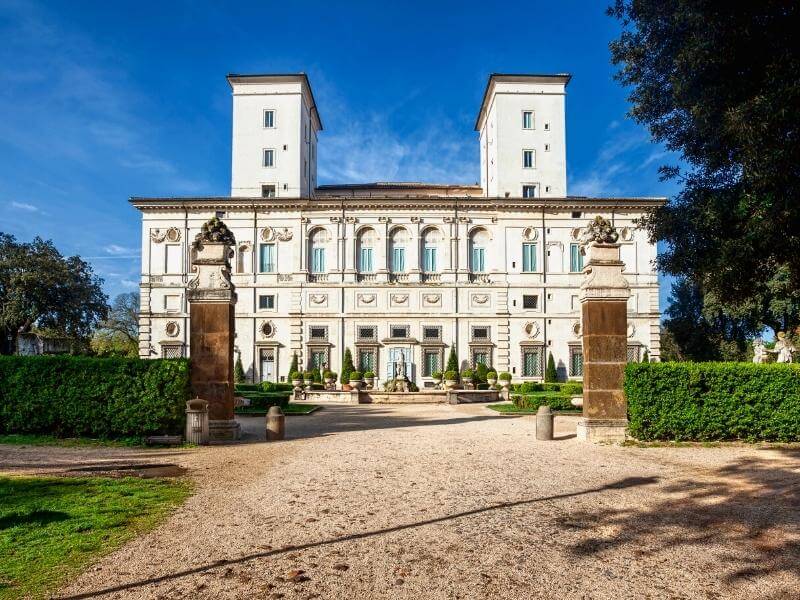
The majority of the art objects come from the possessions of Pope Paul V and his nephew, Cardinal Scipione Borghese. Both were absolute art fanatics, so their art collection continued to grow.
Scipione was an enthusiastic fan of Caravaggio’s work, so he began to collect work after work. In the exhibition, you can also see Bernini’s incredibly detailed sculptures up close and discover other exciting works of art by Renaissance greats Raphael, Titian, and Bellini!
So it’s no wonder the Galleria Borghese has made it into the top 10 of our favorite attractions in Rome.
Autor
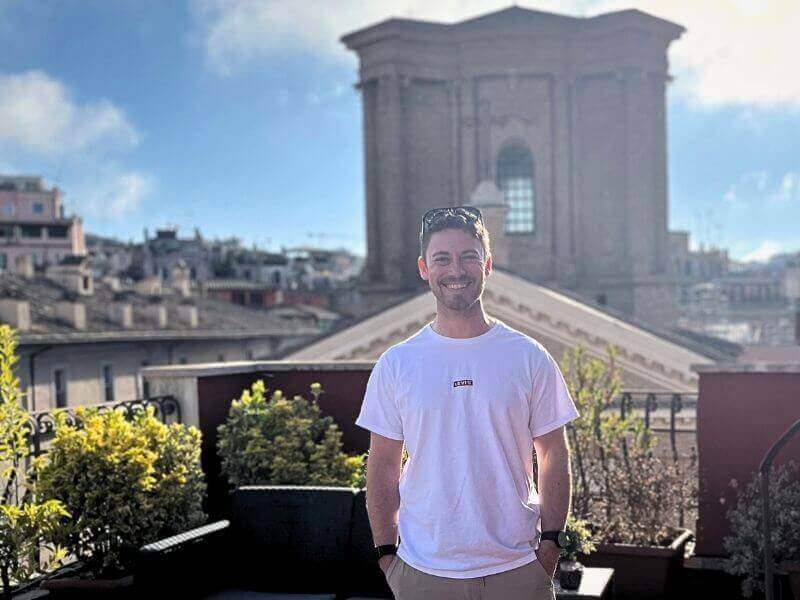
Welcome!
Welcome to Rome Tourist!
My name is Sebastian.
For me, Italy’s capital is one of the most beautiful cities in Europe!
I love the city’s amazing architecture and am particularly interested in its fascinating history!
Basti
At GetYourGuide, you will find an extensive selection of tickets and tours in Rome. The best thing about it: you save valuable time as you don't have to wait in line at many sights.
What's more, most tickets can be canceled free of charge and the company has an excellent reputation!
Visitor Information:
Address:
Piazzale Scipione Borghese, 5, 00197 Roma
Transportation:
Metro Station: Piazza di Spagna, Line A.
Buses: 5, 19, 52, 53, 63, 86, 88, 92, 95, 116, 204, 217, 231, 360, 490, 491, 495, 630, 910 and 926.
Opening hours:
Tuesday – Sunday: 09.00 – 19.00 h
Closed on Mondays and 25.12 | 01.01
Nearby:
Villa Borghese (0,1 km)
Spanish Steps (1,7 km)
Recommended exploration time:
2 hours
Information about tickets & guided tours:
The Galleria Borghese is very busy. Only people with a pre-purchased ticket will be admitted to the Borghese Gallery!
Tickets must be booked in advance!
The museum is top-rated, and Galleria Borghese tickets must be booked in advance. Only people with a pre-purchased ticket will be admitted to the Galleria Borghese. The tickets, therefore, sell out quickly.
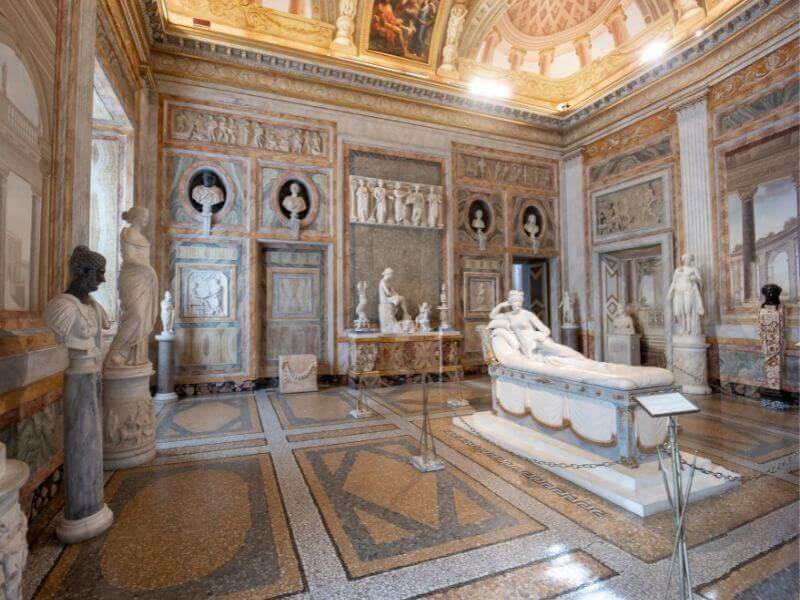
In addition, the museum’s tour times are timed. At intervals of two hours, a maximum of 360 people are admitted at any time.
The following times apply for the visitor intervals (max. 2 hours):
- 09:00 a.m. – 11:00 a.m.
- 11:00 a.m. – 1:00 p.m.
- 1:00 p.m. – 3:00 p.m.
- 3:00 p.m. – 5:00 p.m.
- 5:00 p.m. – 7:00 p.m.
The Galleria Borghese has free WLAN access.
Information about Villa Borghese in the video:
The history of the Galleria Borghese
The Galleria Borghese was once the summer residence of the Borghese family, an Italian noble family with papal roots. The 5m² Villa Borghese park, which, like the gallery, became the property of the city of Rome in 1901, still surrounds the strikingly beautiful “casino” today.
The Galleria Borghese was built between 1613 and 1616 by Cardinal Scipione Caffarelli-Borghese, the nephew of the then Pope Paul V (Camillo Borghese). Away from his life as a cardinal, Scipione was passionate about art.
One day, he began to promote artists such as Bernini, Caravaggio, and other highly talented young men and to buy some of their works. The basis of his private art collection was thus created.
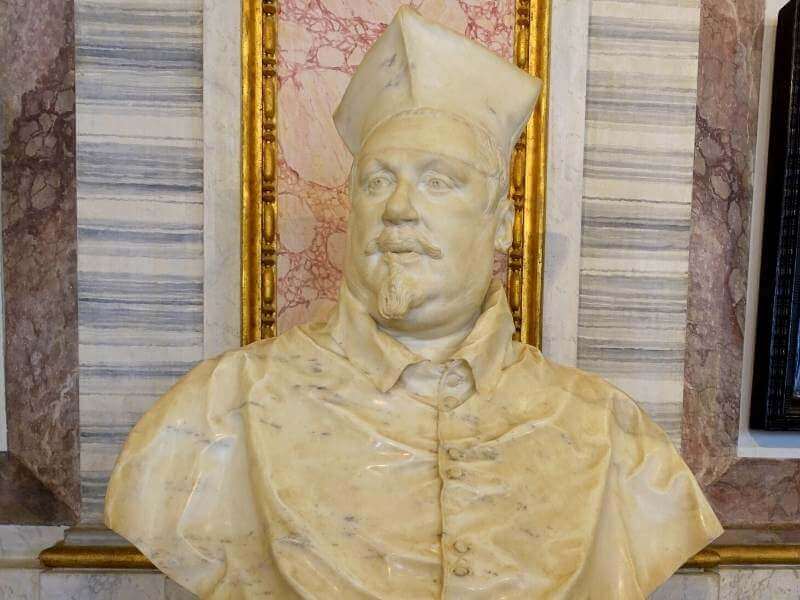
Over the years, the breathtaking art collection expanded to include several more works. Today, the impressive frescoes, mosaics, sculptures, and antiques can be found in 20 rooms on two floors!
The sculptures in each of the rooms are by Bernini and Canovas. Most of the paintings in the gallery were collected by Scipione and the Pope himself.
On the other hand, the classical antiques (which you will find on the first floor) are said to have been acquired mainly by Marcantonio Borghese in the 18th century and Francesco Borghese in the 19th century.
Some exhibition highlights of the Galleria Borghese:
Gian Lorenzo Bernini:
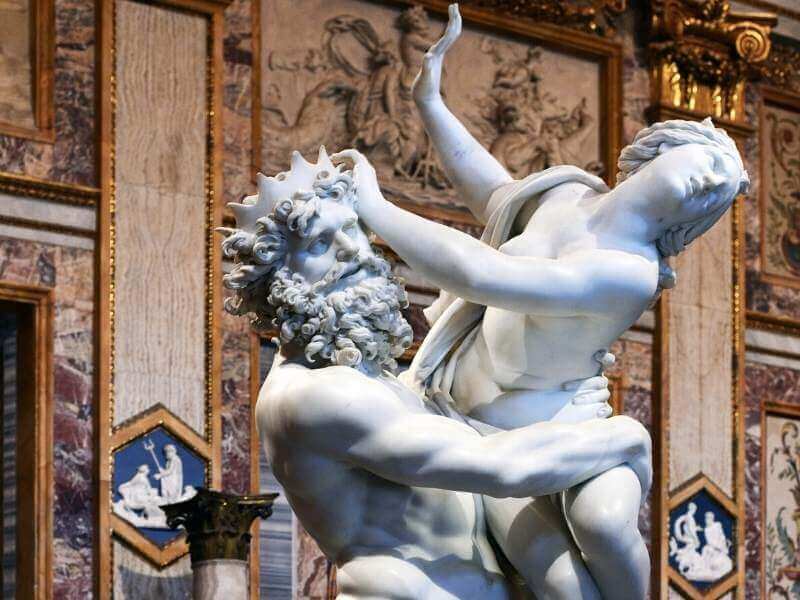
- The Rape of Proserpina (1621-1622)
- Apollo and Daphne (1622-1625)
Michelangelo Caravaggio:
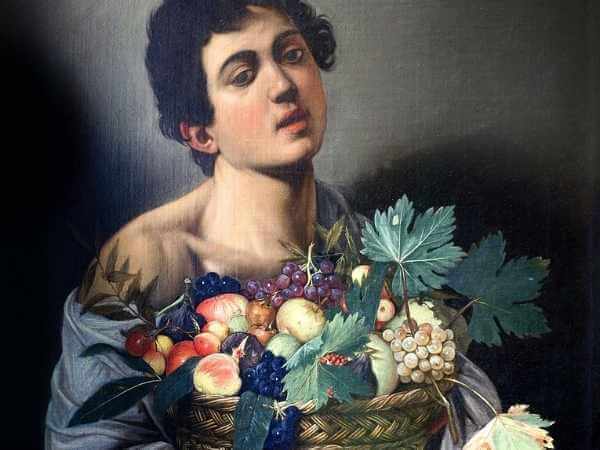
- Sick Bacchus (1593-1594)
- Boy with a Basket of Fruit (1593-1595)
Antonio Canova:
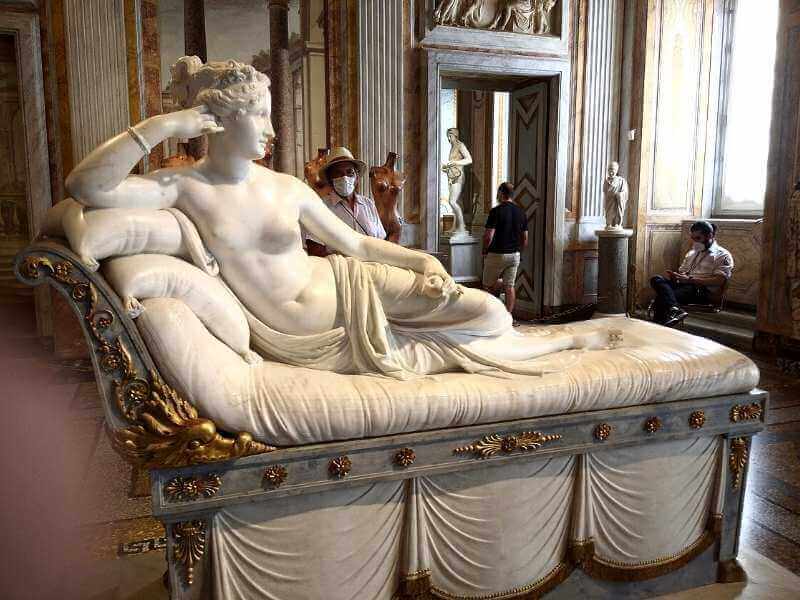
- Paolina Borghese (1804-1808)
Gian Lorenzo Bernini
- The Rape of Proserpina
- Apollo and Daphne
The particularly expressive dynamism with which Bernini creates his sculptures makes his works unique. Bernini could work marble in a way no other sculptor could.
Therefore, many regard him as a worthy successor to the great Michelangelo. Bernini’s tomb can be found in the Basilica di Santa Maria Maggiore. You can see some of Bernini’s other works in the Galleria Doria Pamphilj.
As a great sculptor, painter, and architect, Gian Lorenzo Bernini has almost become a legend of the Italian Baroque. His enormous talent helped him build the canopy in St. Peter’s Basilica, design the Fountain of the Four Rivers in Piazza Navona, and the Scala Regia at the Vatican!
Born on December 7, 1598, Gian Lorenzo came into contact with sculpture at an early age and was eventually trained in his father’s workshop. In 1606, father and son left the city of Naples to work for Pope Paul V (Camillo Borghese).
Between 1618 and 1625, Bernini created some famous sculptures that are now on display in the Galleria Borghese. Here are two of the most important examples in the collection:
The Rape of Proserpina (1621-1622)
Bernini’s ‘Rape of Proserpina‘ dates from 1621-1622, when the Italian artist was just 23 years old.
The sculptural group in Carrara depicts the tragic abduction of Proserpina (daughter of Demeters and Jupiter) by Pluto, god of the underworld.
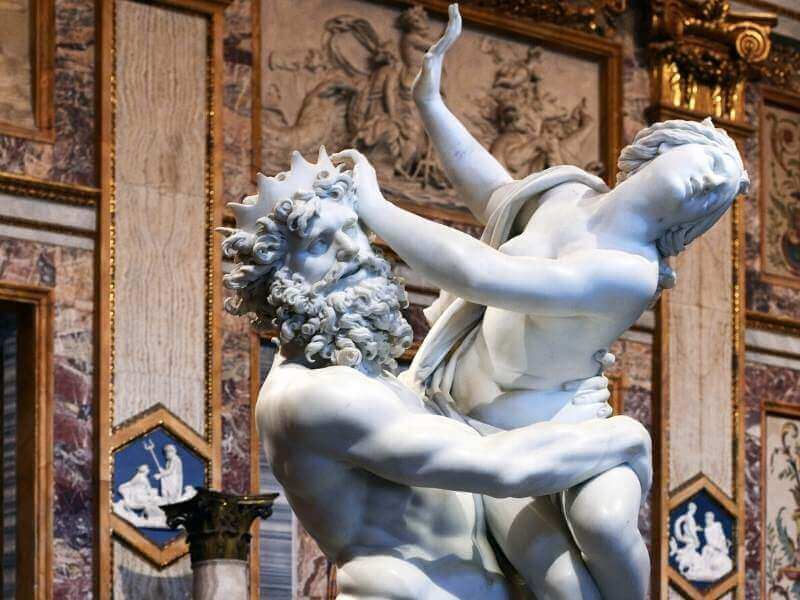
Pluto forcibly captures her on the shores of Lake Pergusa to abduct her from there to the underworld. The figures seem almost lifelike with his detailed way of telling stories and transforming the moment of drama.
From the muscles of the god Pluto to Proserpina’s facial expressions, you are literally sucked into the scenery as you watch the whole thing.
Apollo and Daphne (1622-1625)
One of the most famous sculptures in the Galleria Borghese is that of Apollo, the god of archers, and the mountain nymph Daphne from Greek mythology. According to Ovid, Apollo is said to have mocked Eros for being a ridiculous archer.
Eros did not want to take this lying down and shot him in the body with an arrow. But it wasn’t just Apollo who was hit. The nymph Daphne was also hit, but she stunned Eros with another arrow.
This was intended to make her insensitive to the immortally in love Apollo. Of course, Apollo couldn’t resist and chased after Daphne.
Based on Ovid’s Metamorphoses, the two marble figures capture the moment when Apollo catches up with her, while Daphne has already half-transformed into a laurel tree to escape him.
Just look at the many details that make the scene look so incredibly dramatic!
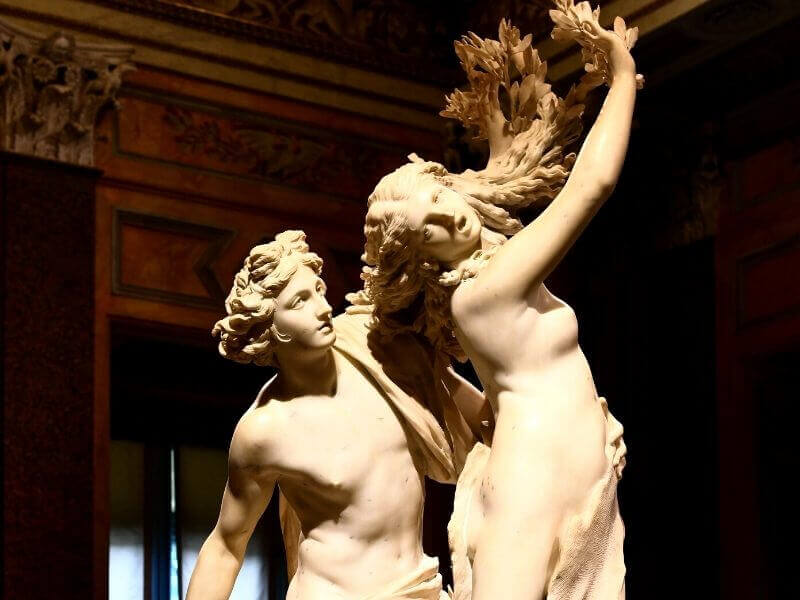
Michelangelo Merisi da Caravaggio
Caravaggio, one of the most addressed painters of the 17th century, died at 38. 400 years after his unsolved death, the extravagant “Master of Light and Shadow” has already achieved cult status.
His unparalleled use of shadows and light made Caravaggio the absolute greatness of the early Baroque. However, Caravaggio repeatedly became involved in criminal activities, which meant he was sure to lead a turbulent life.
To a certain extent, his way of life is even reflected in his paintings. The light and dark aspects of his painterly innovation, the ‘chiaroscuro,’ were a milestone for him. Caravaggio was drawn to Rome, where he soon received the city’s most lucrative painting jobs.
His hot temper repeatedly brought the painter into conflict with the law and even ended in death. Caravaggio fled Rome and died on the Monte Argentario peninsula in 1610. The Galleria Borghese owns the most significant number of works by Caravaggio worldwide. These include the works acquired by Scipione:
- Boy with a Basket of Fruit
- Sick Bacchus
Boy with a Basket of Fruit (1593-1595)
This work is one of Michelangelo’s early paintings and was painted between 1593 and 1595 when Caravaggio must have just arrived in Rome.
It shows a young man holding a basket of fruit. The oil on canvas was finally confiscated in 1607 at the behest of Cardinal Scipione and came into the possession of the Borghese family.
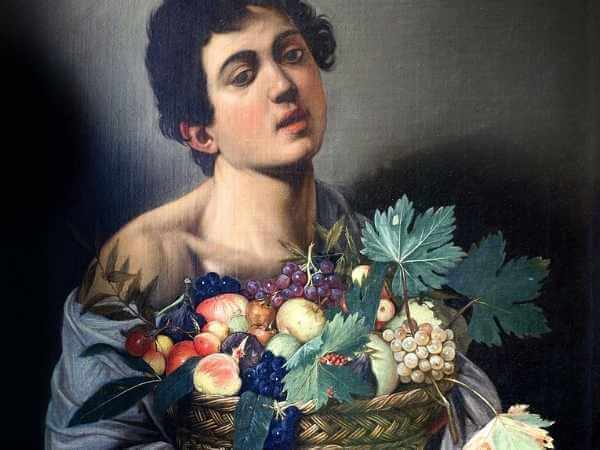
The work is characterized, above all, by its enormous sensuality. A young boy whose face radiates a certain amount of femininity. Everything looks natural. The colors, the fruit in the basket, even the young man’s posture.
Sick Bacchus (1593-1594)
The Sick Bacchus is a self-portrait by Caravaggio that was painted a year after the Boy with the Basket of Fruit. At the time, Michelangelo was staying in the Eternal City of Rome, where he was reportedly suffering from malaria and a liver disease.
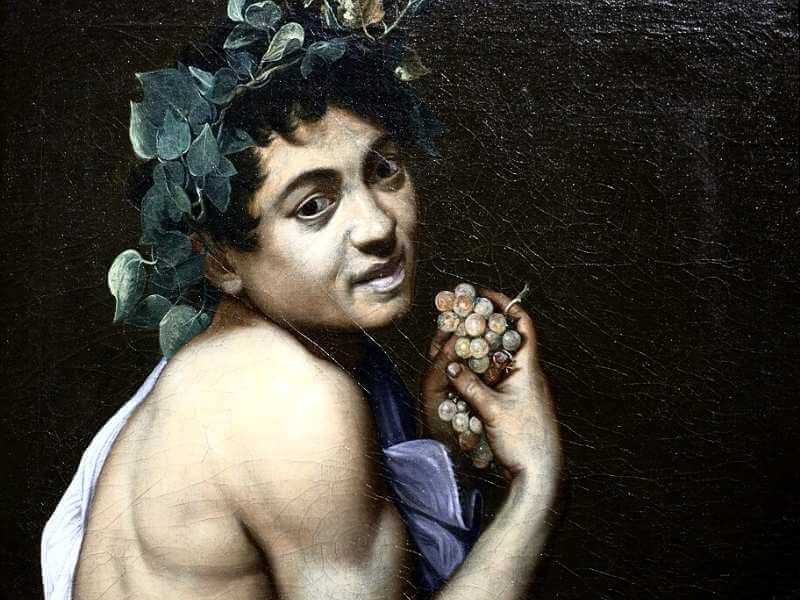
He went to the Hospital Santa Maria della Consolazione for six months and received treatment there. Historians say Michelangelo is said to have painted himself there while looking at himself in the mirror.
It is assumed that he wanted to represent his artistry in many ways with this work. The still life with the fruit bowl and the portrait painting.
Antonio Canova
Born on November 17, 1757, his father died four years later at an early age. Another year later, Antonio joined his grandfather Pasino Canova, a stonemason. He owned a quarry which supplied him with material for his commissions.
As was customary at the time, Antonio was introduced to the art of craftsmanship at a young age and began to develop a blossoming talent. Grandpa Pasino’s specialties were statues, altars, and reliefs.
By the age of 15, when he was already creating sculptures for the Italian aristocracy, he was regarded as the sculptor of the future. Thanks to several patrons, such as Napoleon, Canova quickly raised his profile and finally opened his own art studio in 1789.
Paolina Borghese as Venus Victrix:
The sculpture of Paolina Borghese is one of Antonio Canova’s most famous works. At the time, the fact that the pretty sister of Emperor Napoleon posed almost naked caused significant outrage among the nobility.
When Paolina Bonaparte was asked how she could have done such a thing, she replied: “Yes, why not? A fire was burning in the studio; it wasn’t cold there.” At the tender age of 17, Napoleon’s sister was married to General Eduard Leclerc.

From then on, she attracted attention in the Parisian scandal papers with her infidelities rather than shining in her relationship with her husband, who was eight years her senior.
Paolina’s recklessness and sensuality became one of Canova’s greatest masterpieces, created between 1805 and 1808. The sculpture was intended to radiate her beauty and the glory of her brother Napoleon.
With the fall of the French Empire, the figure increasingly lost its significance. Nevertheless, it is fascinating to see the natural softness of the marble and how deceptively real the details of Paolina appear to the viewer.
Why you can find some of the artworks in the Louvre today
After the cardinal died in 1633, the number of art treasures grew. It was in the 19th century that the Scipione collection finally suffered severe losses.
With the marriage of Camilla Borghese and Pauline Bonaparte, Napoleon’s sister, the art collection, which until then had remained almost loss-free, lost over 150 sculptures, 170 reliefs, 160 busts, and a total of 30 columns to France.
The duke came under increasing pressure from Napoleon’s insistence and was forced to sell part of his collection. Some of these exquisite works of art now adorn the Louvre in Paris!
How to get to the Borghese Gallery in Rome, Italy:
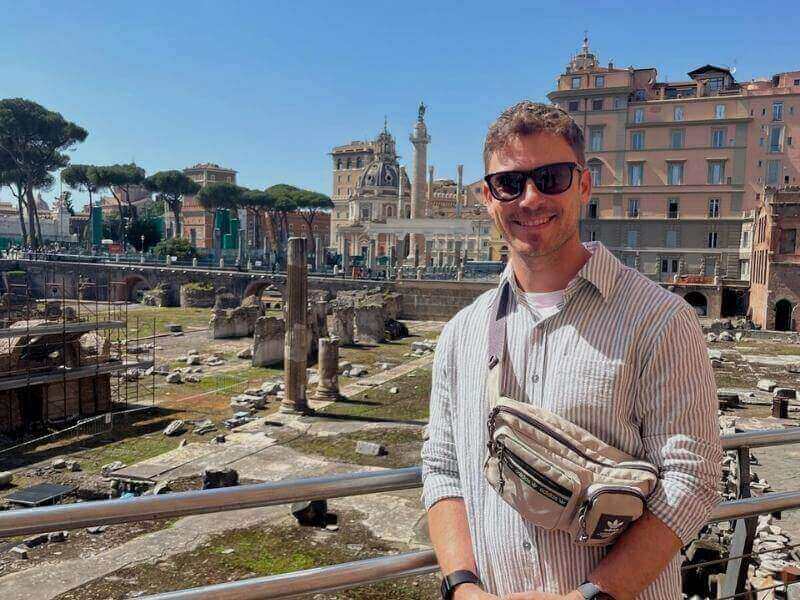
Sebastian
Welcome to Rome Tourist!
My name is Sebastian.
For me, Italy’s capital is one of the most beautiful cities in Europe! I love the city’s amazing architecture and am particularly interested in its fascinating history!
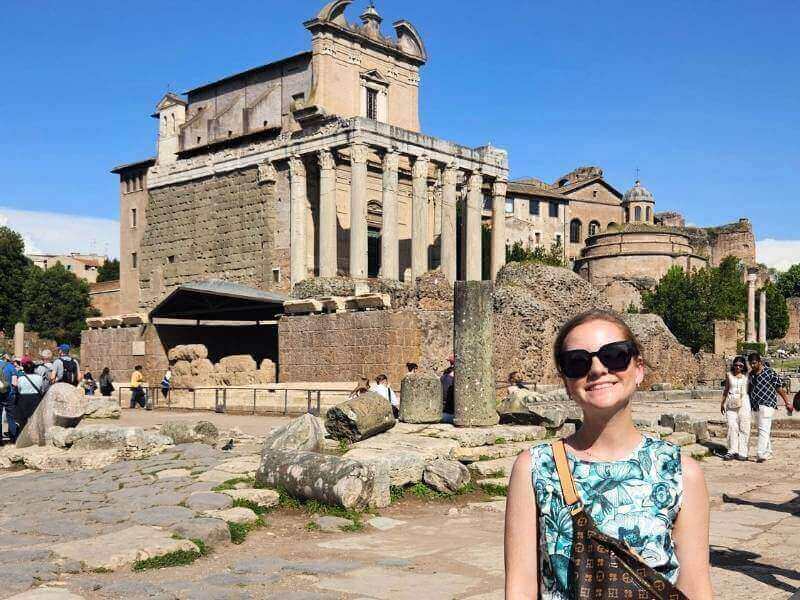
Allie
Hello everyone!
I’m Allie and I love the great food and relaxed atmosphere in Rome! My favorite thing to do is stroll through the streets of the Eternal City with a coffee to go.
Did you know that …
By purchasing through our links, you support us at no additional cost.
Thank you for your support. ♥️
via GetYourGuide
via Booking.com
Find Flights to Rome
via Skyscanner
These articles may also interest you:

